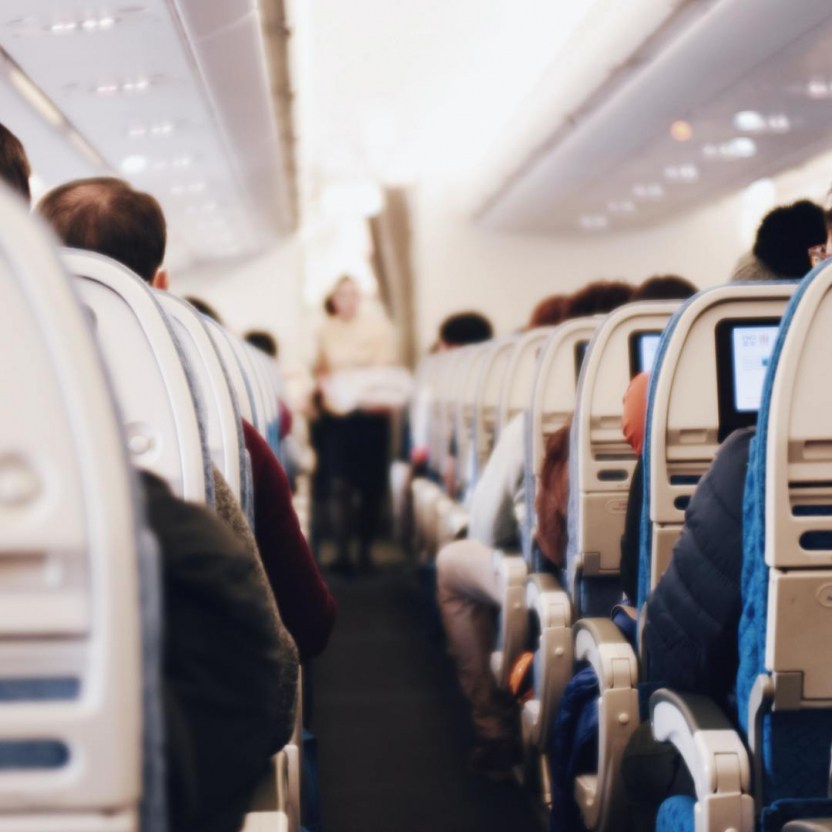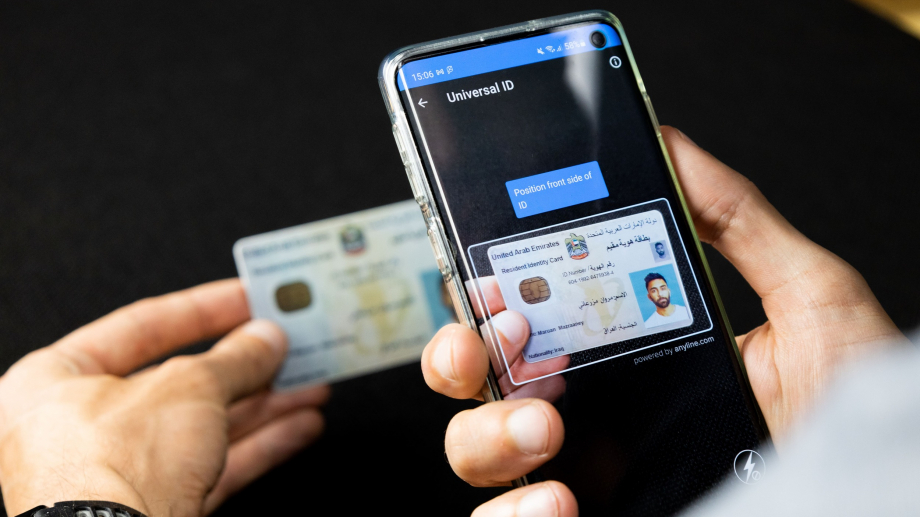
eAPIS: Managing the Advance Passenger Information System with Mobile Data Capture
The eAPIS is used for border security in many countries around the world. Air carriers need to ensure that all data entered into it is correct before flying, while also ensuring that they can provide a frictionless check in and boarding experience for their passengers.
Fast and accurate passport scanning can be a vital tool for achieving both of these goals – and can be easily used by both airline agents and customers through their app or website to complete eAPIS processes.
In this blog, we will answer the following questions:
- What is eAPIS?
- Which countries require APIS data?
- How does eAPIS work for airlines and passengers?
- How does mobile data capture help with the eAPIS?
- Is mobile data capture for eAPIS safe to use?
- What is the future of eAPIS?

1. What is eAPIS?
The Electronic Advance Passenger Information System (eAPIS) is an online system that enables air carriers to collect and submit necessary information about passengers before they fly to certain destinations.
Following 9/11, the United States of America increased security clearance requirements for anyone entering the country in order to reduce the risk of future terrorist attacks. One of the new measures put in place by the US Customs and Border Patrol (CBP) was the eAPIS.
Simply put, the eAPIS system enables border control agencies to digitally verify the identities of incoming travelers and assess their risk of entry, without creating additional delays in passenger processing. Since launching, eAPIS systems have been adopted in many other countries around the world.
2.Which countries require APIS data?
According to Flight Centre, APIS data is required if a passenger wants to travel to – or will be in transit through – the following countries:
USA, Canada, Mexico, China (except HKG), Japan, United Arab Emirates, Thailand, South Africa, Spain, Pakistan, Jamaica, Kenya, Algeria, Iran, Syria, Morocco.
3. How does eAPIS work for airlines and passengers?
In all participating countries, the pilot of the plane must ensure that a manifest with APIS data on all passengers and crew members is submitted before takeoff. In the United States, eAPIS rules state that this data must be submitted at least 60 minutes before departure.
The data collected in this eAPIS process is then submitted in line with UN EDIFACT standards, which are the internationally agreed rules for the “electronic interchange of structured data, between independent computerized information systems.”
4. How does mobile data capture help with the eAPIS?
While eAPIS is a strong system for reducing risks and verifying passengers, it creates challenges for air carriers. Firstly, if any passenger information entered is incorrect, the company will face fines worth thousands of dollars. Secondly, airport security is much more strict than in the past, and travelers are often overwhelmed by the rules and regulations needed to check in and take their flights.
However, mobile data capture such as passport scanning can provide a solution to both of these pain points. By simply integrating optical character recognition (OCR) technology into their apps and website, air carriers can enable their agents and customers to automatically collect all the APIS data they need with their laptop or smartphone camera.
Mobile data capture lets you extract up to 14 different data points from passports and ID cards needed for the eAPIS, including:
- All Given First Names
- Surname
- Check Digit for all Dates
- Type of Document
- Check Digit for Document Number
- Person’s Gender
- Final Check Digit for all Stored Information
- Expiration Date of the Document
- Date of Birth
- Check Digit for the Date of Birth
- Check Digit for the Expiration Date
- Country Code
Normally, entering this information into the eAPIS system accurately could require multiple attempts and take from 5-7 minutes per document. Using passport scanning, the user can collect the data from the machine readable zone (MRZ) of the document and populate the required fields in milliseconds, all with complete accuracy.
Aside from passports, mobile data capture can also be used to digitize data on green cards, certain visas, national identity cards, and both national and state driver’s licenses. See the full list of ID documents supported by Anyline here.

5. Is mobile data capture for eAPIS safe to use?
There are many data capture solutions available on the market, but for scanning personal documents such as passports and IDs, it is essential to work with vendors which offer on-device, offline processing. At Anyline, our SDK does not require an internet connection to scan, and because we do not store any data on ours or third-party servers, it is compliant with the GDPR, DSGVO, APIS and the CCPA.
Furthermore, Anyline has received ISO/IEC 27001:2013 certification. ISO 27001 is a globally recognized, international standard for information security. This certification ensures that a company abides by rules and controls to operate a comprehensive Information Security Management System (ISMS).
For these reasons, Anyline mobile data capture is trusted by law enforcement and border control agencies around the world, as well as the United Nations and many financial institutions.
6. What is the future of eAPIS?
Countries will continue to improve their regulations for incoming and outgoing travelers to ensure national security – and carriers can expect that more stringent checks could be required in the future. However, new technological innovations are arriving every year which will make this process easier for carriers and their passengers to easily and safely provide identification information before flying.
One possible addition could be the integration of NFC chip scanning. Modern passports contain NFC chips that hold additional biometric information about the traveler. This would enable carriers to spot fake IDs. If it is used with a false document the NFC information will either be irretrievable from the chip, or will contain different information from the front page.
Another level of security could be enabled through the introduction of face authentication and liveness detection technology. Airlines which integrate these solutions into their websites or apps would be able to ensure that the person checking in through their online system matches with the image on the passport or ID document.
Conclusion
There are many benefits to using passport scanning for completing eAPIS procedures, which makes compliance easy, and saves time and reduces costs for airlines in numerous ways. In addition, mobile data capture gives travelers more choice for their check-in, allowing those who prefer a contactless process to submit their ID data ahead of time, and avoid any lines at the airport.
If your company requires a solution which will complete eAPIS manifests in only a few clicks, get in contact with us today.

